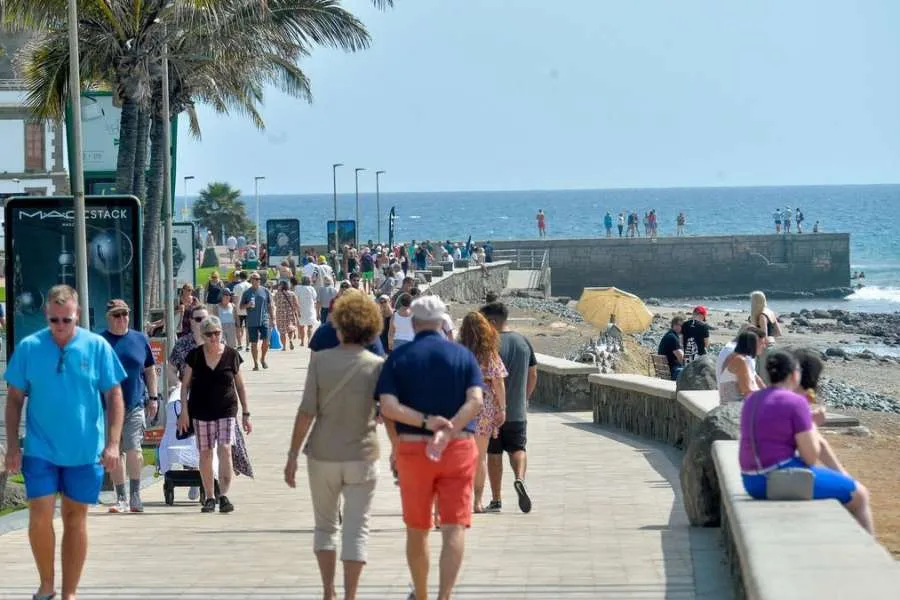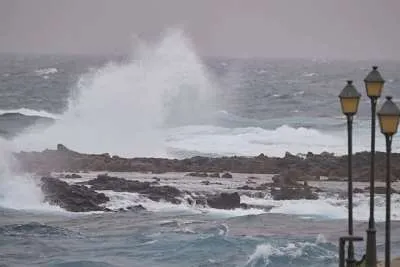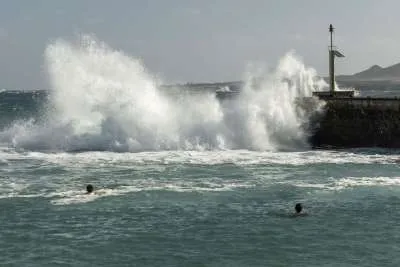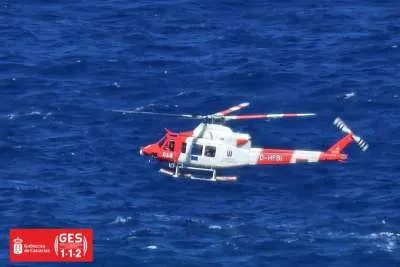Tourism in the Canaries shows first signs of slowing – but spending hits record highs
- 24-10-2025
- National
- (INE) National Institue of Statistics
- Photo Credit: Wikimedia Commons
The Canary Islands’ tourism industry remains strong, but new figures suggest the first signs of a slowdown. Hotel overnight stays in September fell by 2.4% compared with the same month last year, totalling 5.8 million, according to data from Spain’s National Statistics Institute (INE).
Despite this decline, it was still the fifth-best September on record for hotel stays in the region. The islands continue to post positive revenue figures, with visitors spending more even as their overall stays shorten.
Fewer Nights, Higher Prices
The latest figures confirm a shift in the sector: fewer tourists staying for fewer nights, but spending more on accommodation, dining and leisure. In summer, overnight stays slowed, but revenue rose by 8.2%, while the number of nights booked grew by only 1.5%.
The tourism think tank Exceltur attributes this trend to higher prices rather than increased visitor numbers. The average daily room rate in September reached €131.90, a 5.1% rise year on year, while overall hotel prices climbed by nearly 7%.
Visitor Numbers Edge Down
In September, the islands welcomed 888,157 tourists, 0.6% fewer than in the same month last year. Of these, 26.5% were Spanish residents (235,232), while 73.5% were foreign visitors (652,925). Spanish tourism held steady, while international arrivals dipped slightly by 0.8%.
Even so, forecasts remain optimistic: the Canary Islands are expected to end 2025 with 18.4 million visitors and €23 billion in total tourism spending, setting a new record for the archipelago.
Employment in the hotel sector also rose by 2%, reaching 59,352 workers, with an average occupancy rate of 74%.
Canaries Still a Winter Favourite
Compared with other Spanish regions, the Balearic Islands led hotel occupancy in September at 81.4%, followed by the Canaries (74.1%) and the Basque Country (70.2%).
As the winter season (November–March) approaches, the islands expect a renewed increase in visitors, particularly from the UK, which remains the largest source market. Airline forecasts predict 4.3% more British arrivals, with Gran Canaria seeing an 11.2% rise in air capacity. Tenerife remains the most popular destination with 1.39 million expected arrivals, followed by Lanzarote (916,075) and Gran Canaria (541,181).
Germany will continue as the second-largest market, although a 3.6% drop in arrivals is anticipated.
A “Less Is More” Transition
Analysts describe the current phase as one of maturity and transformation for the Canary Islands’ tourism sector. The focus is shifting toward quality over quantity, with a more sustainable model based on higher spending per visitor rather than volume.
Even as overnight stays dip slightly, the islands remain one of Europe’s most resilient and profitable year-round destinations, and the coming winter looks set to confirm that trend.
Other articles that may interest you...
Trending
Most Read Articles
1.
Featured Videos
A Vision of Elvis Tenerife Promo
- 10-05-2025
TEAs 2025 Highlights
- 17-11-2025



























































